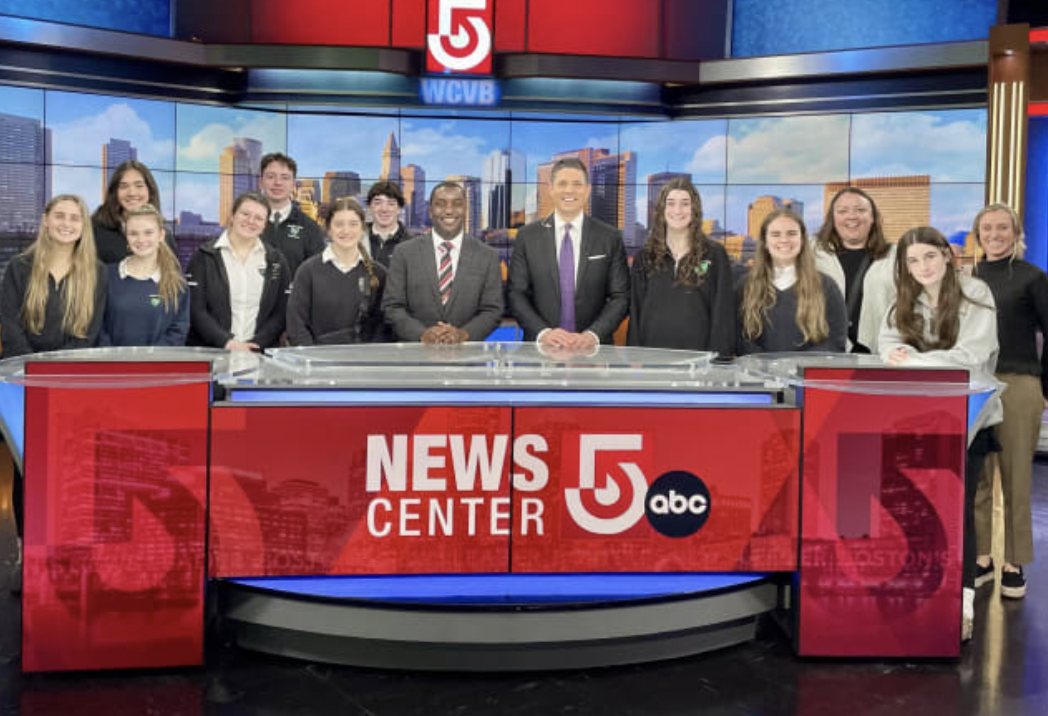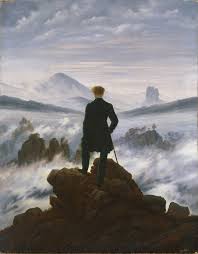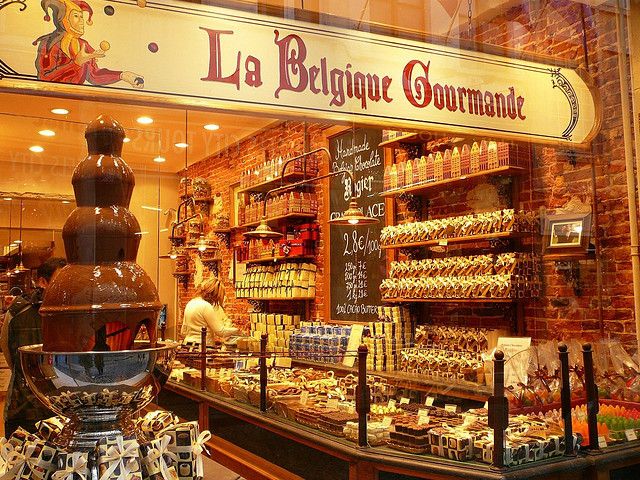The Beauty of ‘Little Women’: 2019
February 9, 2022
Little Women has been a beloved story among many for countless generations. Originally published in 1869, Louisa May Alcott’s moving tale of the four March sisters has stood the ultimate test of time, still inspiring people over a century and a half later. This story resonates especially deeply among girls who are able to see elements of themselves in the March sisters and connect with them. The most recent film adaptation of Little Women came out in 2019, directed by Greta Gerwig. The film stars Saoirse Ronan as Jo March, Florence Pugh as Amy March, and Timothee Chalamet as Theodore Laurence, more fondly known as Laurie. Greta Gerwig delivered a beautiful film that feels like a love letter to Louisa May Alcott, putting painstaking care into every detail in order to fully honor the source material from which the film was born.
What makes the Little Women movie from 2019 feel so special is the way that the movie dealt with Jo March, more specifically her romantic prospects. Louisa May Alcott originally wrote Jo as a model of herself, giving Jo all of her qualities, her hopes, and her dreams. Thus, Alcott wanted the character of Jo to never marry and be able to keep her free spirit all her life because that was what Alcott wanted for herself. While Louisa May Alcott never did marry in real life, Jo March married Professor Friedrich Bhaer in the novel. This was because, in order to get her book published in the 1800s, Alcott was told that her main character needed to be married by the end of the book. The forced marriage of Jo March was a mark of male influence on a work that was supposed to celebrate all things female; female resilience, female relationships, and most importantly, female independence. In the movie, director Greta Gerwig recognized this alteration of the novel and the way it went against the wishes of Louisa May Alcott. Gerwig wrote Professor Friedrich Bhaer into the screenplay in a unique way in order to honor Alcott. Bhaer was seen as a collective inside joke that the audience shared, knowing that it wasn’t actually how the story was supposed to end. The movie shows Jo being told by her publisher that she needed to marry off her characters in order to get her book published, followed by a cheesy, clearly exaggerated scene of Jo running in the rain to confess her love to the professor. It was a unique way of keeping the movie accurate to its original source while also paying homage to the author, now that we live in a world where women being unmarried isn’t considered a mark of social exile but rather a personal choice.
The casting in Little Women 2019 also stands out. Each actor had such a deep love for and understanding of their characters, which translated wholly into the film. Saoirse Ronan captured the free, wild, and sometimes the stubborn spirit of Jo March perfectly, fully embodying her character. Watching her didn’t feel like watching an actress playing a part; it felt like being given a glimpse into the 1800s and the life of Jo March. Florence Pugh also delivered a stellar performance as Amy March, masterfully switching between past and present timelines. There was a clear difference between Amy in the past and Amy in the present. The Amy of the past had childlike wonder and large, uncontrolled movements. The Amy of the present was much more controlled and collected, but she still carried that same bit of spontaneity and fun that makes her character so endearing. In addition to the essence of the characters, the relationships between both Jo and Laurie and Amy and Laurie were handled remarkably well. In past adaptations, the movies have spent so much time developing the relationships between Jo and Laurie that Laurie’s subsequent relationship with Amy always makes Amy appear as a second choice. Little Women 2019 made the relationship between Amy and Laurie actually feel legitimate, to the point where I, as an audience member, was rooting for them together.
Finally, the movie has a clever way of switching between past and present timelines in order to fully develop the motivations and backgrounds of all the characters. The past timeline had all bright colors and golden hues, embodying the rose-colored glasses with which we all tend to view childhood and our happiest memories. The present timelines had more dark colors and appeared dreary and more solemn. The switch between past and present and the ways each timeline is conveyed creates a nostalgic feeling that makes you feel as if you are growing up along with the characters and losing your childhood and adolescence as they do. The method of storytelling is perfect to convey the feelings of loss and growing into adulthood, giving the movie the same nostalgic coming-of-age feel that the book imparts on the reader. Little Women is a classic tale of womanhood, aging, family, and forgiveness that was beautifully translated into the 2019 film adaptation of Little Women.


























